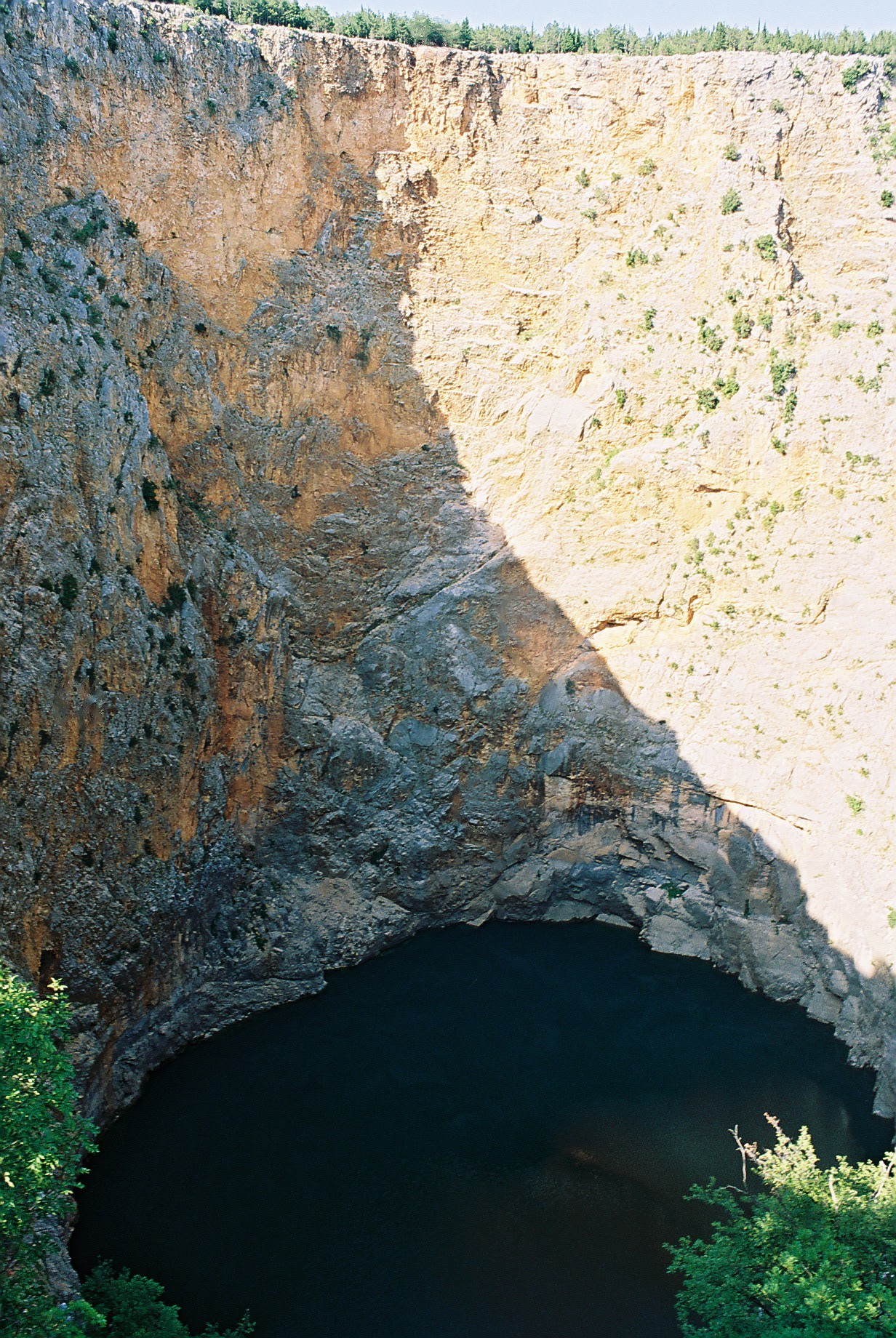Giant sinkhole opened up under facility in Mulberry
The whole world seems to be experiencing sinkholes, from the UK to Aisa and now there’s a large sinkhole opened up in Florida and it’s not good news for the drinking water.
The sinkhole appeared at the Mosaic phosphate fertilizer plant at its New Wales facility at Mulberry, Florid. Their monitoring system detected a loss of water from a pool formed by a phosphogypsum stack, which is created during the process of producing fertilizer from phosphate. Phosphogypsum and the water lost are radioactive so when the 45-foot wide hole opened up under the stack the water just poured in, a lot of water with an estimated 215 million gallons disappearing into the ground, then into the ground water and aquifer.

Mosaic claims there is no risk. “Groundwater moves very slowly,” David Jellerson, Mosaic’s senior director for environmental and phosphate projects said. “There’s absolutely nobody at risk.”
The department’s focus at this time is on the oversight of Mosaic’s first-response efforts in order to safeguard public health and the environment,” DEP spokesperson Dee Ann Miller told the Tampa Bay Times.
Sinkholes can be caused by a number environmental circumstances as well as the actions of people. A huge sinkhole opened up in China just last month which swallowed three people and left a hole a hundred feet long and 60 feet wide, they say this was caused by burst waterpipes underground.
The cause of this new Florid sinkhole is unknown at the moment, but the state and federal environmental authorities are keeping a close eye on things.
In the U.S. Florida is the state that has the most sinkholes that occur naturaly because it’s karst (limestone) geography is a major part of the landscape. Other states where natural sinkholes are likely to be found are Tennessee, Alabama, Missouri, Pennsylvania, Kentucky, and Texas.
Natural sinkholes can often form following a period of heavy or long-term rain, but can also form following a period of drought, which lowers the water table and exposes cavities.
Mosaic have spent the first part of this year filling this huge sinkhole that appeared on top of a gypsum stack. The sinkhole is 152 feet wide and they still do not know how deep it is or what can be done to prevent the contaminated water from reaching water supplies in the local population. Mosaic had been delivering water to households in the local area but that was stopped early this year.
They will continue to monitor the local water ad rivers within a four mile radius through 2017 into 2018 and claim that the local water is safe to drink, however, test on local water supplies suggest otherwise so if you happen to be in the area, stick to bottled water.
There was a previous sinkhole in the same general location, here’s a video from the 1994 mulberry sinkhole that was 160 feet wide.
If you have any comments then please drop us a message on our Outdoor Revival Facebook page
If you have a good story to tell or blog let us know about it on our FB page, we’re also happy for article or review submissions, we’d love to hear from you.
We live in a beautiful world, get out there and enjoy it.
Outdoor Revival – Reconnecting us all with the Outdoors





